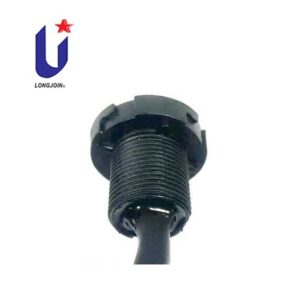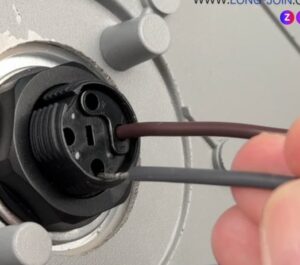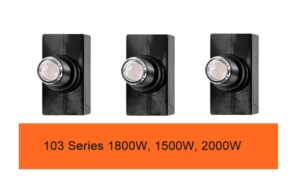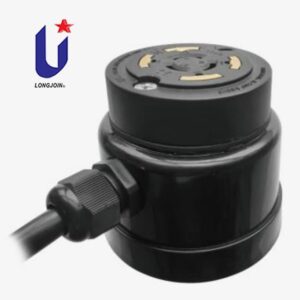JL-240X/TX Photocell Sockets: Understanding the Difference Between Separated and Integrated Gaskets
Introduce
Outdoor lighting systems stay outdoors. They face many challenges from the weather. The gasket in a photocell socket often gets ignored. Yet its design is key to long life and top performance. You might work with photocell street light systems or plan city lighting projects. Knowing how gaskets work can make a big difference.
This guide breaks down the two popular gasket styles used in Long-join’s JL-240X and JL-240TX photocell sockets. Each gasket design has its own sealing style. This makes some designs better or worse for outdoor use. Do you want street lighting that lasts longer, works better, and stays sealed against the weather? Read on below.

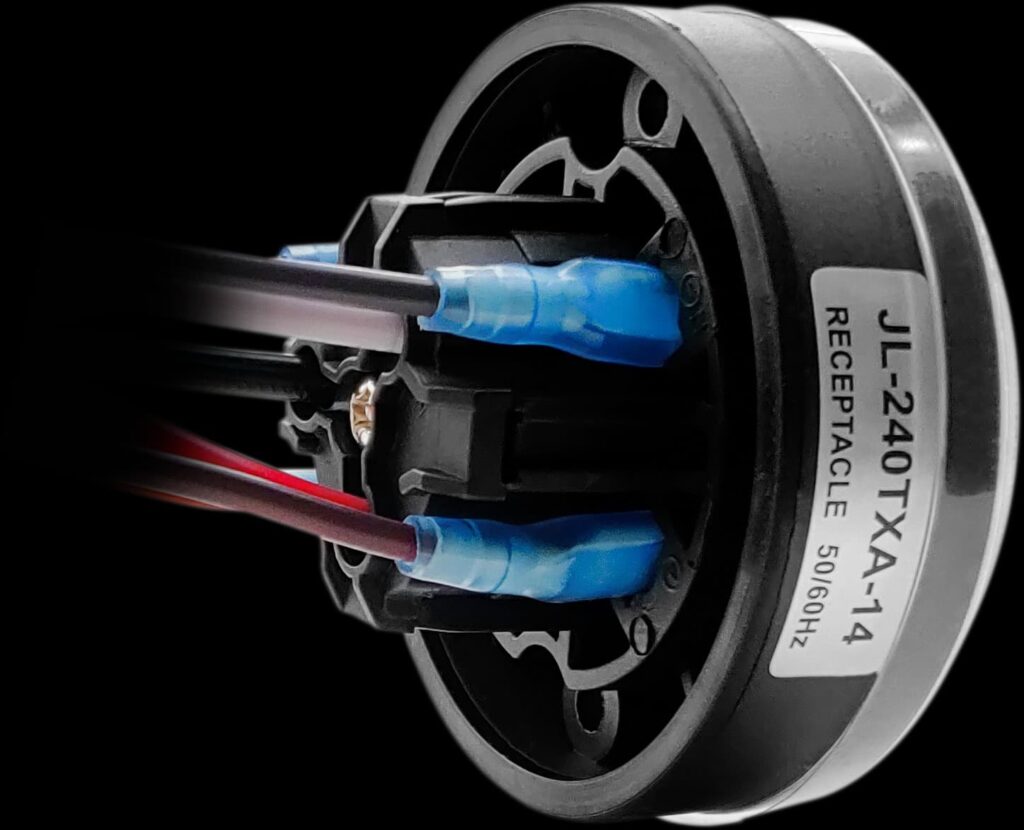
What Is A Separated Gasket Design, And Why Does It Matter?
When you choose a photocell control socket, you usually think about the voltage first. You also check the connectors and make sure it fits. But the gasket is the unsung hero, especially in diverse installation environments.
A separated gasket design refers to a structure where the sealing element is not molded as part of the socket body. In the JL-240X photocell socket, this means the gasket is removable and can be tailored based on the mounting surface.
This design allows for installation flexibility. A rigid gasket may not fit snugly. This leaves gaps where water can seep in or dust can build up. By separating the gasket, you gain the advantage of adaptive sealing.
Feature | JL-240X (Separated Gasket) |
Gasket Type | Removable |
Installation Flexibility | High |
Maintenance | Easy to replace or upgrade |
Ideal Use Case | Mixed-material poles, urban settings |
What Is An Integrated Gasket Design, And When Is It Better?
In some outdoor lighting setups, you can’t afford to take sealing risks. This is where integrated gasket designs step in.
An integrated gasket design means the sealing gasket is built directly into the body of the socket. The JL-240TX photocell socket uses this method, ensuring a consistent, reliable seal without requiring gasket customization during installation.
This design is perfect for places with moisture, salt air, or tough weather every day. The built-in gaskets cut installation mistakes and lower chances of bad seals. This makes the design ideal for coastal and damp settings.
Feature | JL-240TX (Integrated Gasket) |
Gasket Type | Built-in |
Water Resistance | Very High |
Best Use Environment | Coastal, tropical, high-moisture zones |
Maintenance | Minimal |
Which One Offers Better Waterproofing?
No one wants to deal with early lighting failure, especially when it’s caused by water or dust sneaking into the socket. But how do these two gasket types compare when it comes to waterproofing?
When it comes to outdoor lighting, sealing performance is a deal-breaker. Moisture infiltration can lead to photo sensor failure, corrosion, or short circuits. Between the two designs, the JL-240TX with an integrated gasket generally offers better waterproofing.
Why? Because its design minimizes human error during installation. There’s no need to manually align or fit a gasket—it’s already in place. This provides better IP65-level sealing, crucial in photocell control systems used in rain-prone areas.
That said, the JL-240X still provides excellent protection if the correct gasket is used. Its flexibility is valuable in dry or mildly humid regions where sealing isn’t constantly tested by weather.
Model | Waterproofing Level | Best For |
JL-240X | Moderate–High | Flexible pole materials |
JL-240TX | High | Harsh, wet, or salt-heavy climates |
If waterproofing is your top priority, go with integrated. But for adaptability, the separated gasket still holds its own.
Why Is The JL-240X Ideal For Urban Street And Park Lighting?
composite structures, the design of lighting systems varies widely. This makes universal sealing tough—unless your socket has the right gasket flexibility.
In city settings, light poles come in all shapes and materials—steel poles, decorative concrete, even modern composites. This diversity demands installation flexibility, and that’s where the JL-240X photocell lighting sensor socket shines.
You can choose or change the gasket to suit different pole surfaces, ensuring a snug fit and effective seal every time. Maintenance teams love this because they can replace just the gasket without changing the entire socket.
Urban Lighting Needs | JL-240X Advantage |
Varied Pole Materials | Replaceable gasket adapts easily |
Retrofit Projects | Compatible with existing infrastructure |
Long-Term Maintenance | Lower cost due to part replacements |
What Makes The JL-240TX Better In Coastal Or Humid Areas?
If you’ve ever worked in coastal regions or tropical climates, you know how destructive salt corrosion, humidity, and heat cycles can be. Light fixtures that work great in the city often fail here without warning.
Salt, humidity, and temperature swings are a nightmare for photoelectric sensor systems. The JL-240TX addresses this with a rugged, one-piece design that seals out corrosive elements.
In places where ocean spray or rainy seasons are normal, this model offers reliable, worry-free lighting control. Once installed, you won’t need to worry about corrosion or failure caused by moisture sneaking past the seal.
Coastal Challenge | JL-240TX Solution |
Salt Spray | Non-removable gasket reduces exposure |
Humidity | One-piece seal prevents condensation |
Frequent Temperature Changes | Maintains stable internal conditions |
What Should You Consider When Choosing Between These Two?
Choosing the right photocell socket isn’t just about specs. It’s about real-world conditions. What’s the pole made of? Is the weather unpredictable? Will maintenance be easy or hard?
Choosing between separated and integrated gaskets comes down to location, environmental conditions, and maintenance needs.
- Use the JL-240X if your lighting infrastructure varies and you need a customizable solution.
- Go with the JL-240TX if you’re dealing with salt air, storms, or want a plug-and-forget solution.
Both models are designed by leading manufacturers of photocells, like Long-join, and are compatible with NEMA sockets and photo control systems.
Conclusion
Understanding gasket design isn’t just a technical detail—it’s a key decision point in ensuring street lighting outdoor performance. Whether your priority is sealing effectiveness or installation adaptability, Long-join offers photocell sockets engineered for specific environmental challenges.
Explore our full range of photocell lighting sensor solutions on Long-join, and select the socket that fits your project’s needs best.
External Links:
- https://en.wikipedia.org/wiki/Gasket
- https://en.wikipedia.org/wiki/Sealing
- https://en.wikipedia.org/wiki/Photoelectric_sensor


